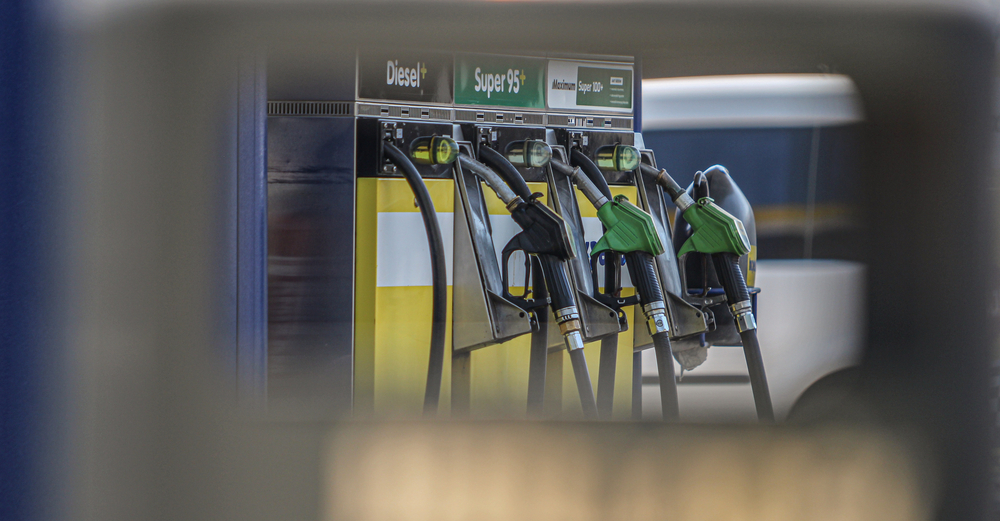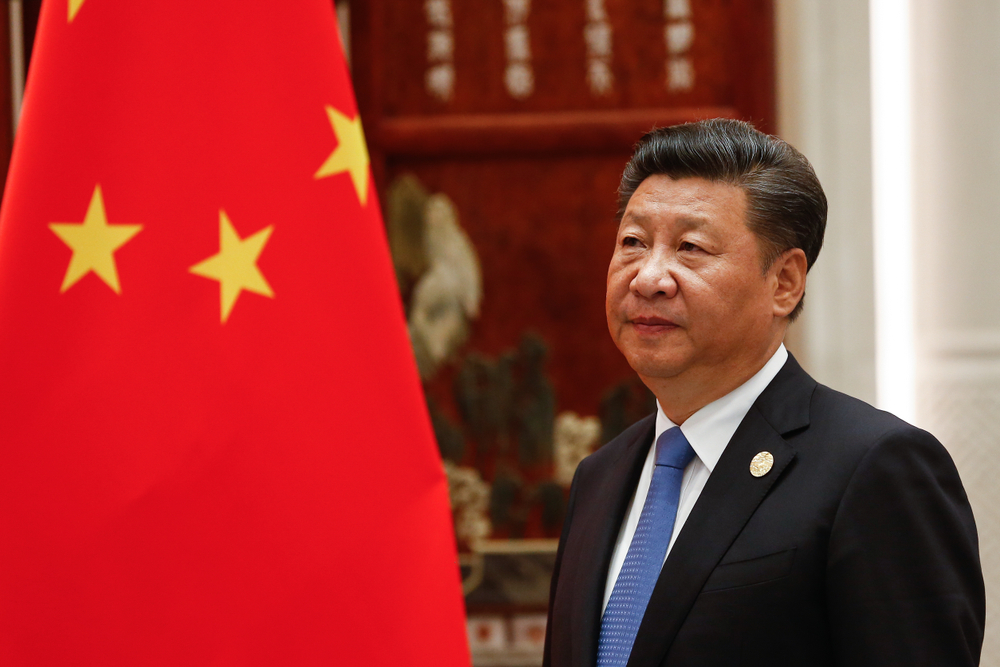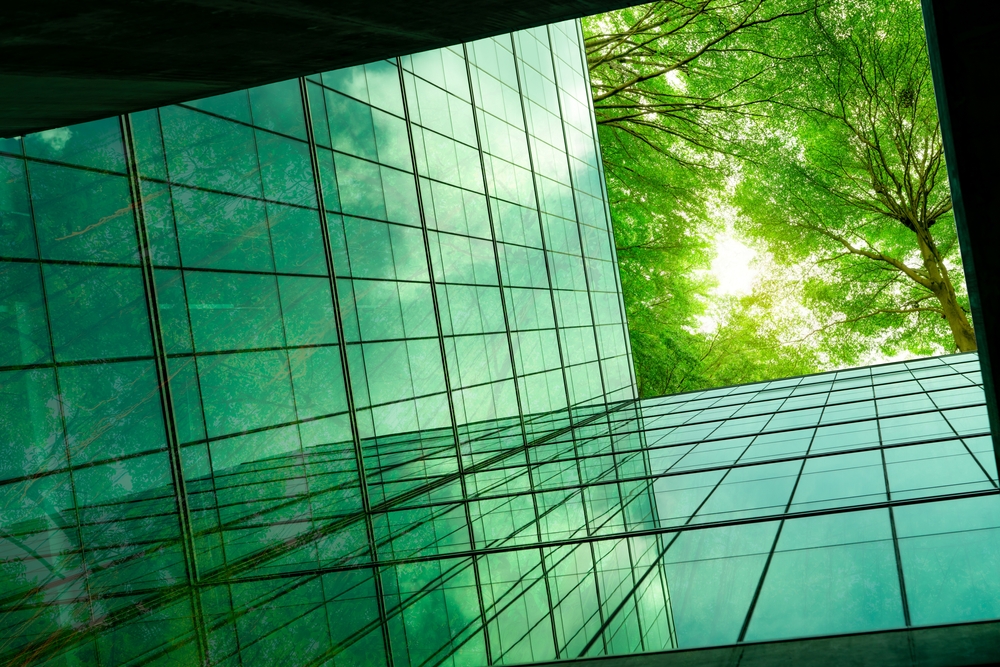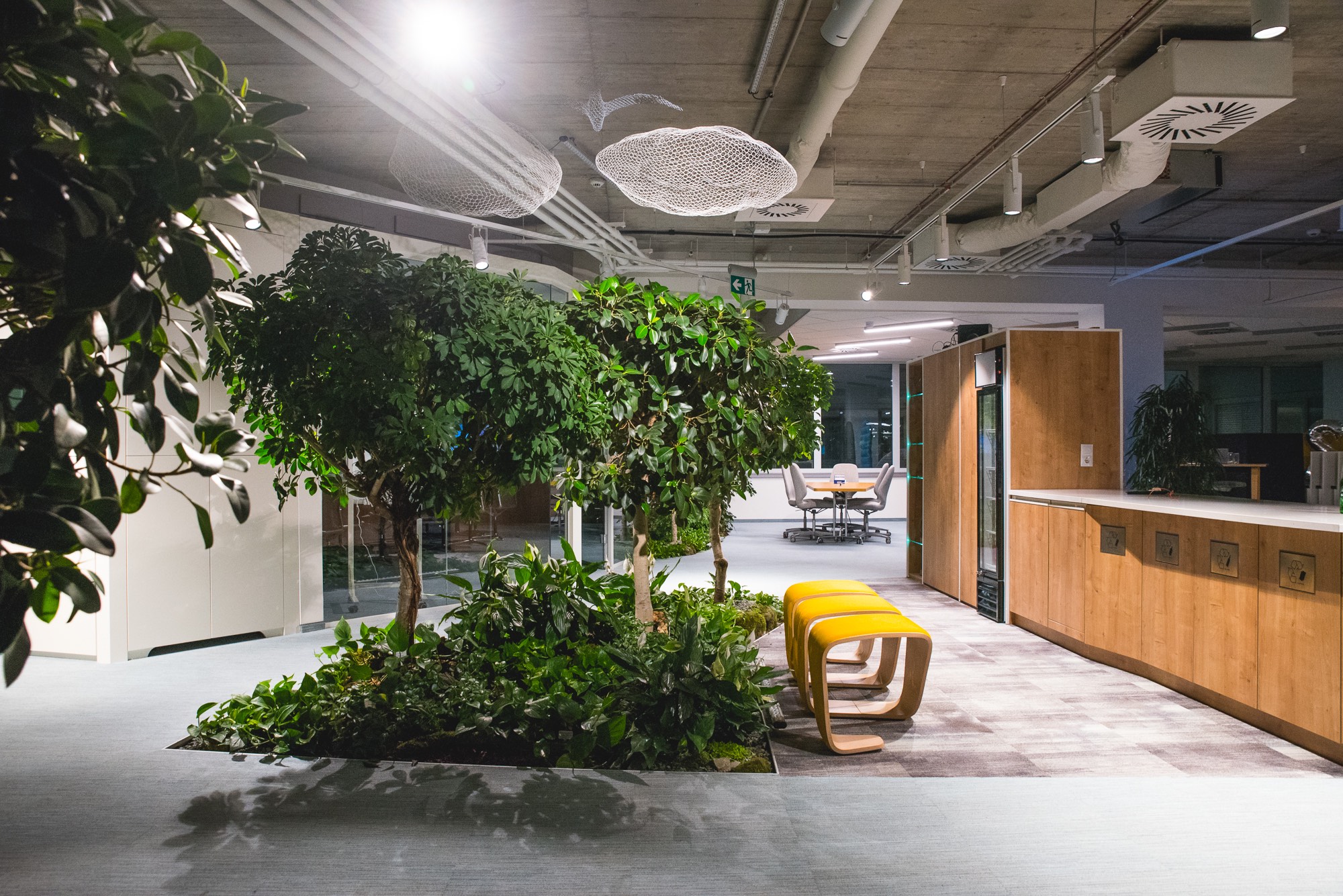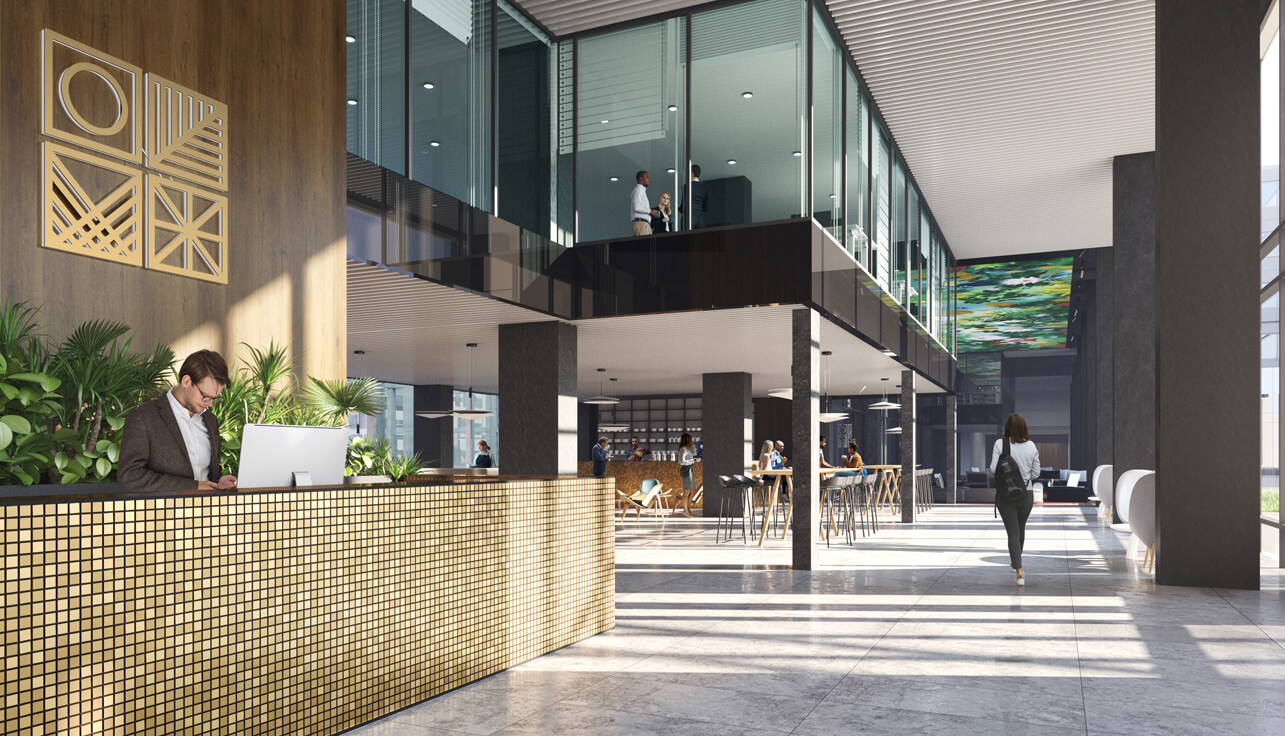ESG is a Mindset, Says Atenor: ‘Why not do it if you Can?’
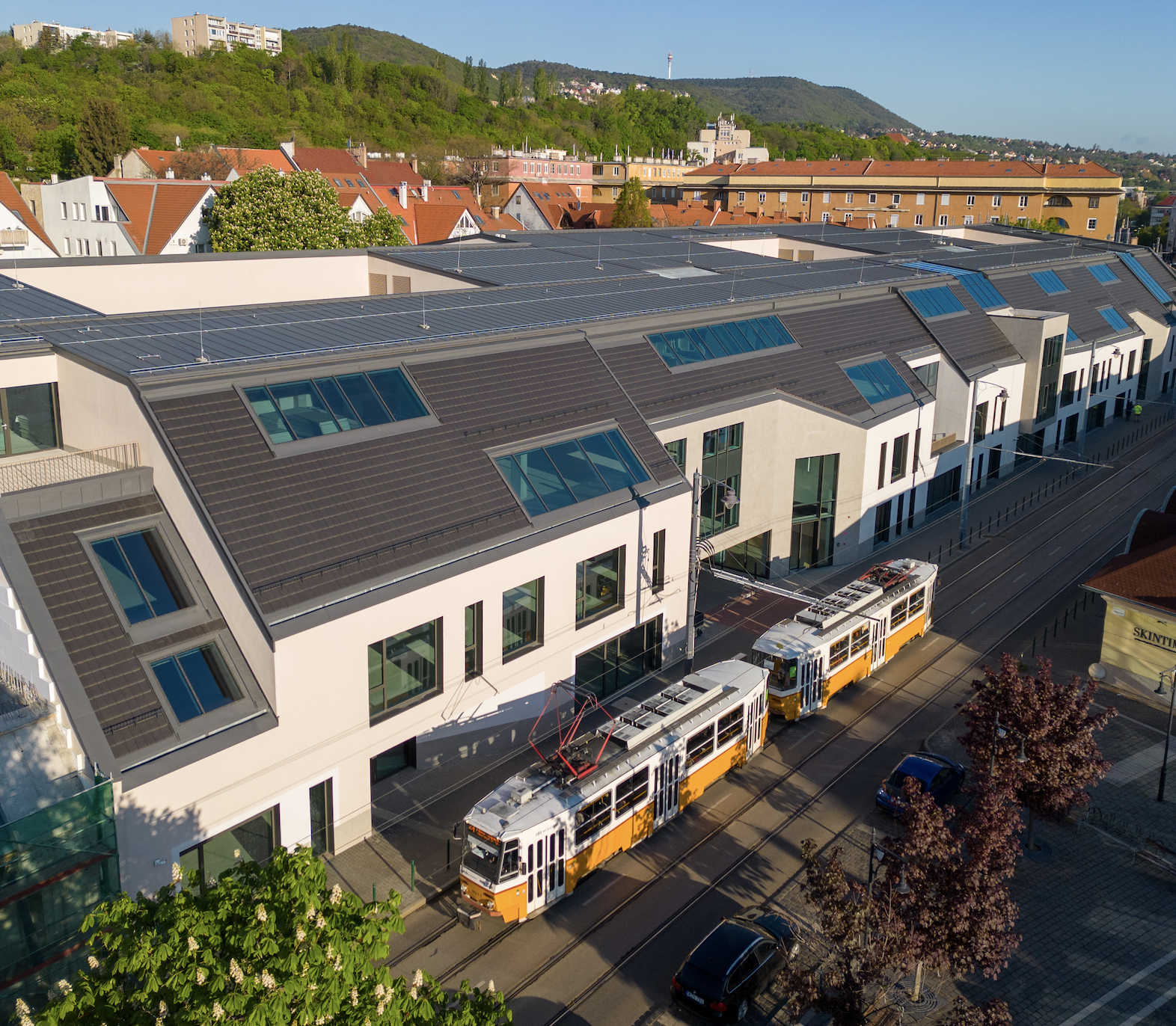
Roseville by Atenor.
While “environmental” issues are widely understood by society, the acceptance of the “social” and “governance” aspects of ESG are very much a work in progress, according to one of Hungary’s leading developers.
“I read in an article somewhere that roughly 60-70% of companies do not have any idea what ESG is,” says Zoltán Borbély, CEO of Atenor Hungary. “Maybe one quarter already knows, but if you ask, ‘What are the major aspects of ESG?’ everybody talks about waste management and the lifecycle of the materials,” he says.
“Okay, that’s important. But this is just a fraction of ESG. It starts with the environmental issues, but then there’s the “social” and “governance” parts. We are at the very beginning of this learning curve,” Borbély adds.
That said, it is a learning curve the real estate industry, indeed, society as a whole, must climb.
“It has to be done. Otherwise, we die out; the whole idea of human beings will disappear from the earth,” Borbély argues. “ESG is not only about environmental issues, but also many others, and this is the beauty of it, that you do it in such complexity that you have to deal with all of these issues, and you cannot ignore one or the other.”
He accepts that it was a similar story with the introduction and acceptance of green credentials previously. Atenor’s history with such third-party certification goes back 20 years. Borbély says the first project, in particular, was made much more complex by it.
“Like all the learning curves, it starts with a painful exercise,” he laughs. At first, the engineers, project managers, and designers saw it as an additional administrative burden. “But this is just a normal human reaction. I don’t think there is any love of regulation in human DNA,” he says.
“Slowly, we started to understand the essence of the whole idea. Planning that first project lasted one year. For 12 months, we were suffering to make Váci Greens ‘A’ compatible with the rules, but we did such a good job that we got a Breeam ‘Excellent’ rating,” Borbély says.
“By the end of that first year, we understood what we must do, the major points and the essence of this whole exercise. All our buildings have Breeam ‘Excellent’ ratings; the last building was designed one-and-a-half years ago, and [green certification] planning took less than three months. I think this is a great achievement; the whole team knows why we are doing it. It became a normal standard.”

Zoltán Borbély, CEO, Atenor Hungary
Creation Story
ESG builds on green certification, adding broader, more comprehensive requirements that will similarly need to be learned, but that does not nullify the significance of what has gone before. To illustrate the point, Borbély tells the 10-year creation story of one feature at the heart of Váci Greens.
The projects share a common area where there was once a road, still available for emergency vehicles but now closed to public traffic. Importantly, though, the communal space is not closed off to pedestrian traffic. The landscape gardeners were instructed not to lay turf (grass is resource-wasteful, requiring regular watering and cutting) and came up with a design featuring 100 different shrubs and trees where something is in flower from spring to fall.
That ticks an urban biodiversity box, which is part of ESG, but also provides a social function.
“Go today, and you will find what we always wanted to achieve: people working there and people living nearby are mixing and using this area as a part of their everyday life. For 20 years, it was a wasteland. It looked terrible, and nobody could use it. Now, mothers are coming so their kids can ride their bicycles safely. It is not a money issue because we had to have a garden anyway to fulfill the greenery criteria. Financially, it made a tiny additional burden for the company. But to those who live there, it’s a huge change in their everyday life.”
More recent projects will offer similar additional benefits. E.ON will move to the BakerStreet office Atenor is building in south Buda. Together, developer and tenant are working on a rooftop photovoltaic (solar) mini-power plant.
“Four years ago, when we started, it was not part of the project, but there was such a significant change in the EV car industry that E.ON and we decided that it is now a ‘must,’” the developer says.
The majority of the 250 vehicles that will be able to park in BakerStreet will charge slowly throughout the day and receive more energy than they use on the daily commute.
“Why not do it if we can do it? We have to jump on these opportunities and show that the daily commute of a company with more than 200 cars can be powered by sunshine. We were the first in 2009 to get a Breeam ‘Excellent’ rating. If 10 years from now, all office buildings would have a tiny solar power plant, then Budapest could have the cleanest air on the globe.”
Going Geothermic
Solar energy isn’t the only renewable energy source Atenor is investing in. In February 2021, it acquired a site previously owned by a now-bankrupt builder in southwest Buda, where it is developing Lake11 Home & Park, its debut residential project.
“This is the first project in Budapest that will be completely supplied by geothermal energy. I’m not aware of any other projects using geothermal on such a scale,” Borbély says.
“The heating and cooling pipes are embedded in the concrete slabs. That means that there will be no noisy equipment. There is no dust or condensation. We are again doing something that is a huge experiment. Of course, the technology has been tested on a smaller scale and functions very well.”
The development also has a social part in terms of livability. Rather than handing the project over to just one design studio, four were hired to create different looks and styles.
“I’m super happy we did that because, even now – it’s in the structural phase and we are starting to put up the external envelopes for the first 260 units – if you stand in the middle of the street, it’s already like a small town with all that variety. It might be that these are small things, but these buildings will be there for 50 years or maybe 100, so I think it matters.”
As the name implies, there will be freely available parks and green areas, inviting people to stroll or sit on a bench in traffic-free spaces. Several children’s playgrounds, each catering to a different age group, will feature, and there are even talks with the district about providing a simple, free soccer pitch. (One is nearby but must be rented by the hour.)
Another element of livability is the housing density. The site covers eight hectares, on which Borbély says the regulations would allow up to 1,500 homes; Atenor is planning 900 across three phases. Handover for the first 260 will start at the end of spring/beginning of summer 2024. The project is expected to be completed in three or four years.
“It is next to a small lake, which comes from this small creek that goes from Budaörs to the Danube River, and is a very nice environment. In the green belt, it has great views and excellent public transportation and is also easily accessible by car.”
This article was first published in the Budapest Business Journal print issue of September 8, 2023.
SUPPORT THE BUDAPEST BUSINESS JOURNAL
Producing journalism that is worthy of the name is a costly business. For 27 years, the publishers, editors and reporters of the Budapest Business Journal have striven to bring you business news that works, information that you can trust, that is factual, accurate and presented without fear or favor.
Newspaper organizations across the globe have struggled to find a business model that allows them to continue to excel, without compromising their ability to perform. Most recently, some have experimented with the idea of involving their most important stakeholders, their readers.
We would like to offer that same opportunity to our readers. We would like to invite you to help us deliver the quality business journalism you require. Hit our Support the BBJ button and you can choose the how much and how often you send us your contributions.


